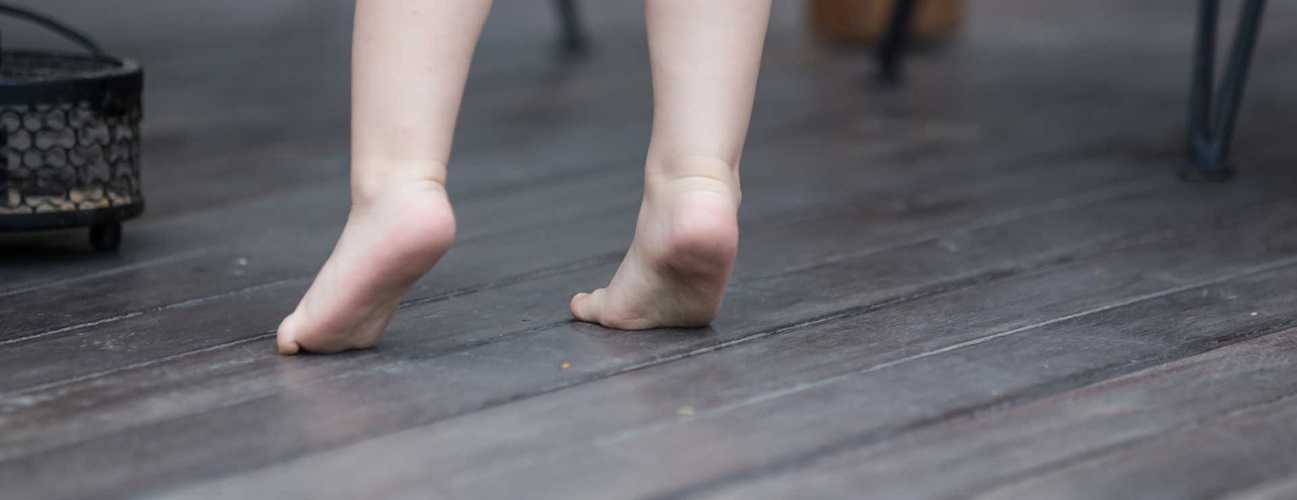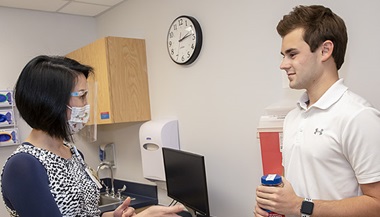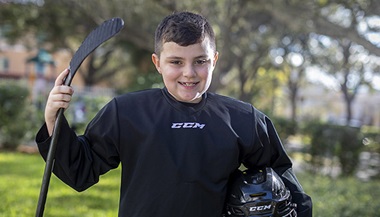Toe Walking
What You Need to Know
- Some children walk on their toes rather than their feet. This looks similar to standing on your “tiptoes.”
- Toe walking is common among infants first learning to walk.
- A majority of children will stop toe walking on their own without intervention.
- Physical therapy, bracing and casting are used to treat toe walking, with surgical procedures available if these methods are unsuccessful.
What is toe walking?
Toe walking is when a child walks on the toes or ball of the foot without the heel or other parts of the foot coming in contact with the floor. Sometimes there is an underlying condition that can cause a child to walk on the toes, but other times there is not.
What are the symptoms of toe walking?
Children who persistently toe walk may develop tightness in their ankles and benefit from treatments that stretch the calf muscle.
Toe Walking Diagnosis
A physical exam is usually all that is needed to diagnose toe walking, but during the exam, the provider will also assess the child’s gait, range of motion and muscle tone.
Children should also be assessed for any neurologic abnormalities that could be contributing to the toe walking. Sometimes a child can be found to have a muscle tone imbalance or neurological finding that prompts further evaluation for an underlying cause of the toe walking. But if there are no abnormal findings, the child likely has idiopathic toe walking, meaning there is no found reason for the toe walking other than that he or she has a preference to do so.
Toe Walking Treatment
Physical Therapy
Several sessions to work on stretching the tight muscles may be beneficial to decrease the amount of toe walking. Children will also benefit from completing stretching exercises at home.
Bracing
Some children may benefit from an ankle-foot orthosis (AFO) to help encourage a flat foot with walking. The AFO is a custom brace used during the daytime to help stretch and encourage a flat foot position. If worn at night, the AFO can help stretch the tight muscles while a child is sleeping.
Serial Casting
Short leg casts can be applied for one- to two-week intervals to progressively work on stretching the tight muscles and improving the position of the foot and ankle. Children are able to walk in these casts. The addition of Botox injections to help stretch the tight muscles in casts may be more effective in some children.
Achilles Tendon or Gastrocnemius Lengthening
When physical therapy and serial casting are ineffective in correcting the tight ankle, surgery may be necessary to achieve a flat foot position with walking. Lengthening is a surgical procedure in which the tight Achilles tendon or gastrocnemius muscle is lengthened to allow a greater range of motion and function of the foot and ankle. The lengthening also allows children to better tolerate AFOs and achieve a flat foot position with walking.





